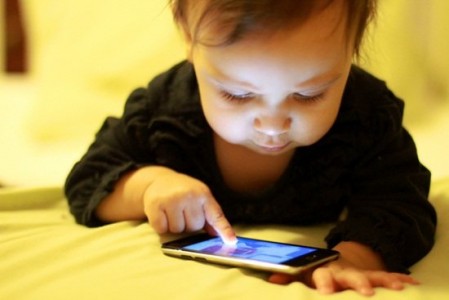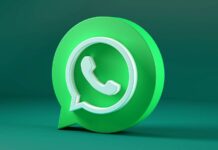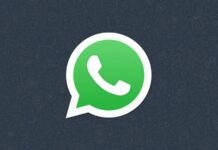Dupa the information about the development strategy a iPhone si magic wand a Apple TV, now we learn some interesting details about how the first one was thought iPhone. Greg Christie, a senior engineer within Apple Lossless Audio CODEC (ALAC), and the inventor of the slide to unlock system, to talk in front of the jurors about the way he thought Apple Lossless Audio CODEC (ALAC), first iPhone. The American company should think of producing an extremely simple device that any normal person can use, a device that has a screen that is always on.
One of the biggest challenges is that we need to sell products to people who don't do what we do for a living," Christie, one of the inventors of the slide-to-unlock iPhone feature, said. When designing products, Apple keeps in mind that it wants "normal people - people with better things to do with their lives than learn how a computer might work - to use the product as well as we can."
After hundreds of designs designed for iPhone si iOS, Apple finally managed to find a simple model that makes the telephony function easy to learn and understand. Apple has always wanted to develop intuitive products that you can use without learning how to do it, this mentality is preserved until today. In the same vein, Apple wanted the iPhone to have a screen that is always on, but problems with battery autonomy and accidental calls led to the development of the slow to unlock system.
"We knew we had to have a locked mode, or a locked state, where it wouldn't let you do most things, except you could unlock it," Christie said.
The slide to unlock system was and remains vital for the operation of iOS, being the first seen by the owner of an iDevice wherever he tests the device, and its copying in Android terminals is presented as a serious violation of Apple's intellectual property. If Apple will succeed in convincing the jurors of the validity of its claims, we will find out in a few weeks, after the end of the trial.

















